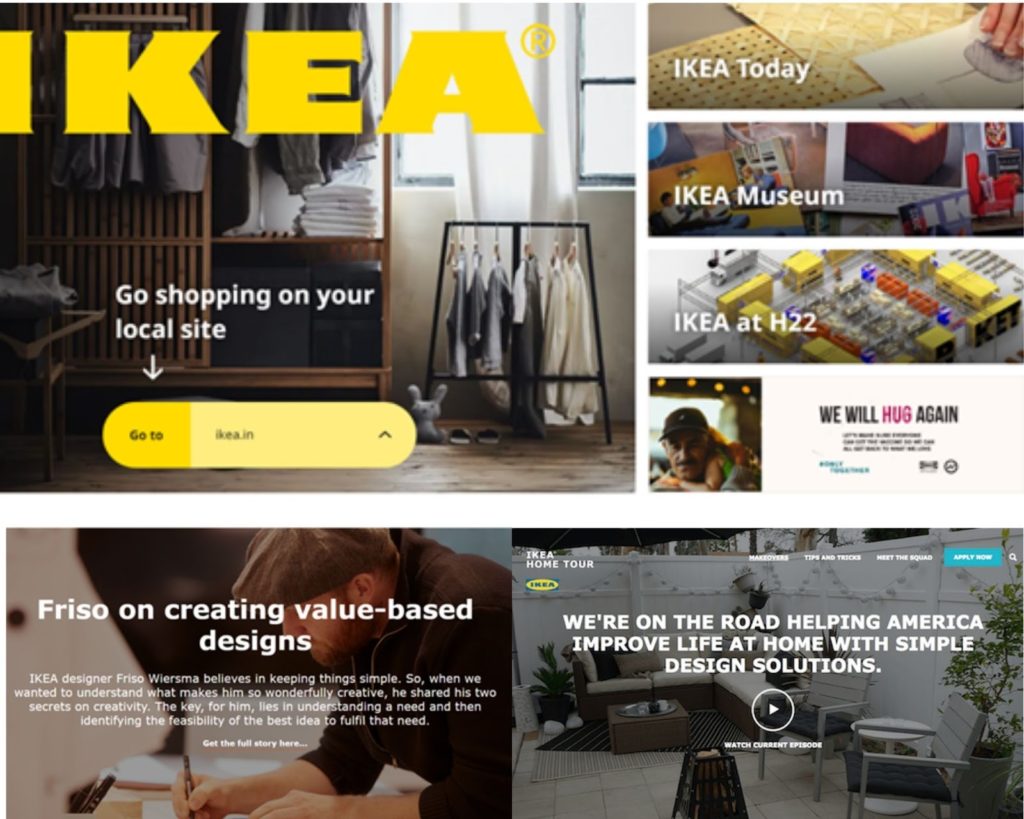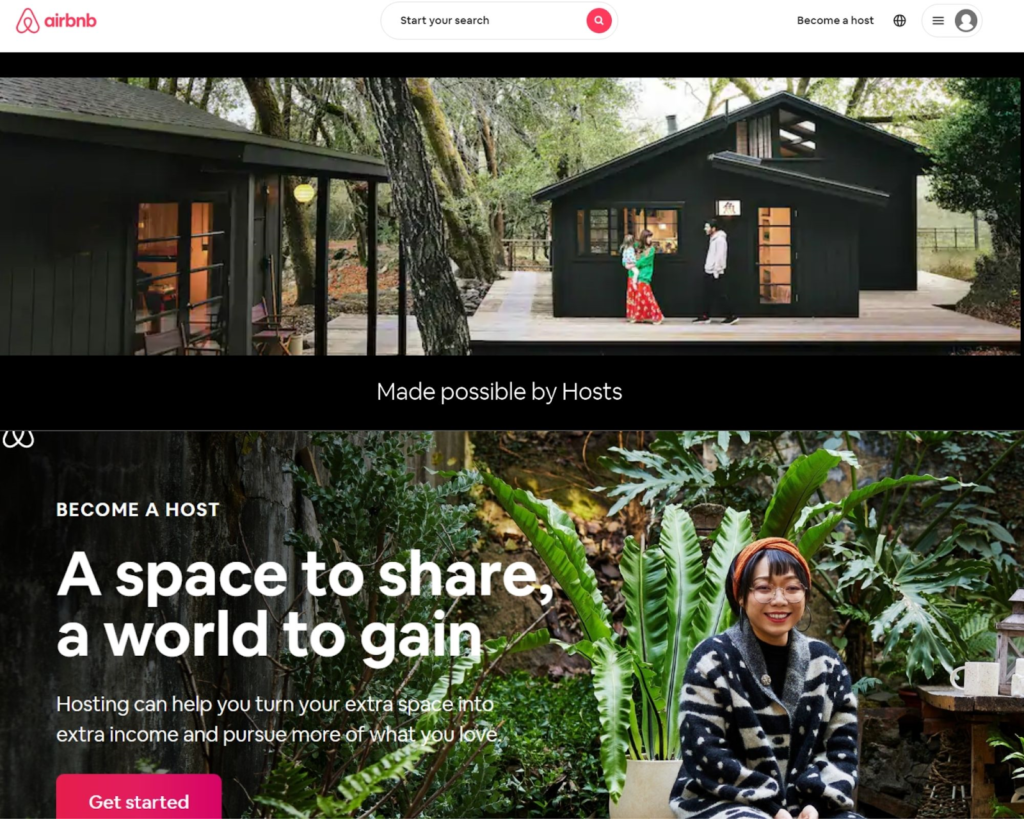30-second summary:
- The story of SEO and UX began almost 20 years ago with both making a foray into the market in the 1990s
- After years of analyzing data, I found that UX is a critical ranking factor for SEO
- If you’ve exhausted all your SEO techniques but still don’t see a considerable movement on your website or rankings – you’re probably losing at user experience (UX)
- Adobe Research’s Sr. Web Engineer, Atul Jindal condenses years of his experience and observations into this SEO guide to help you win at SEO and search experience
I’ve worked with many SEO and CRO campaigns as well as fortune 50 companies over the years. This gives me access to valuable data that helped me understand what is working and what’s not. Over the years by analyzing data I found that UX is a critical ranking factor for SEO.
The story of SEO and UX began almost 20 years ago with both making a foray into the market in the 1990s. While SEO was widely used as a marketing technique, UX (user experience) concentrated on giving the users an enhanced engaging experience on the website.
If you have exhausted all your SEO techniques but still don’t see a considerable movement on your website or rankings. Then probably you’re losing at User experience.
But it is quite difficult to find UX-related issues on your website. When you’re only looking at your website from an SEO perspective! You need to take a look at your website with your user’s (customer’s) eyes.
In this guide, I’ll explain UX and guide you on how to implement it into your SEO campaigns to get results.
What is UX?
User experience (UX) is the experience of a user with your website/application. An easy-to-use website will provide a pleasant user experience but an unplanned website will have a bad or poor user experience.
UX focuses on the site architecture, visitor journey, desktop, and mobile layouts, user flows. In short, user experience is driven by how easy or difficult it is to navigate through the user interface elements that the website designers have created.
User interface (UI) focuses on the graphical layout of any application. It includes several factors such as fonts and design styles, text entry fields, transitions, images, and animation interface. In short, anything visual comes under the umbrella of UI.
It is important to note that UI and UX are two different functionalities. While UI revolves around design layout, UX is the experience of the user on the website while they are navigating the web pages.
Since we have a better understanding of the two, let us further understand how we can successfully implement UX into an SEO campaign.
Why does UX matter in SEO?
In recent years, Google has changed its ranking criteria. There was a time when Google was looking for the keyword reparations in your content or the number of backlinks that your website has.
But now the scenario has been completely changed. Google is becoming more user-centric day by day. They are using artificial intelligence (AI), machine learning (ML), natural language processing (NLP), and other kinds of latest technologies to understand, evaluate and provide the best of the best results.
Google has introduced the EAT concept as well as metrics like search intent, page speed, mobile-friendliness, dwell-time are ranking factors to rank on Google. All these factors are part of a rich user experience.
A rich user experience is a factor that creates the difference between the first and second positions. Providing a rich user experience is always helpful for visitors and encourages them to stay longer and engage more on your website. That sends positive quality signals that show your website the best result to Google. And as a result of that Google rewards you with top spots.
How to implement UX into an SEO campaign?
As mentioned above, SEO and UX share common end goals – audience engagement. SEO will answer a person’s query, while UX will take care of their navigational queries once they reach the webpage.
Today, it has become imperative to include the two while designing SEO campaigns or any digital marketing strategy. Google is constantly evolving its user experience and merging effective SEO strategies to give the audience a more meaningful experience.
An excellent example of UX and SEO design is IKEA. We all know what IKEA stands for, but their website forms a story at every step. It guides the user to the correct landing pages and keeps them engaged. The color palette, their tags, and categories make a user stay longer and engaged on the website.

Source: IKEA designed on Canva
Empathy plays a vital role in optimizing your web pages with the right combination of keywords. Those days are no more with us when the exact keyword matches were enough to rank well. Today, it is about putting yourself out there and thinking from a bigger perspective.
Google has done a great job over the past five years of getting away from ranking signals that can be spammed easily such as links and keyword stuffing.
In other words, understanding your audience’s buying intent and analyzing their search queries will lead to refined and sustainable results.
Let us understand the three most critical factors that influence the SEO + UX ranking.
Understand your audience
It is probably one of the trickiest parts of running any successful campaign – Understanding the target audience.
Most companies spend a considerable amount of time researching the audience before concluding who will be their right target. It is why we have spent a sizable amount of time highlighting its importance.
We have often heard of marketers, businesses, and content creators emphasizing the importance of the right target audience. While sometimes it is more or less commonsensical to grasp the audience’s pulse, there are times when you need to explicitly ask:
- Who is my target audience?
- What do they want?
- What they are searching for?
- How are they looking for the information?
- Did my searcher bounce right away?
- Was there any action taken on the link?
These are key questions, Google’s algorithm takes into consideration to understand whether search results are aligned to the searcher’s intent.
For example, Airbnb works on an inclusive design model that concentrates on improving readability across all platforms. Their target audience is clearly defined – travel enthusiasts, people looking for holiday home options, and people looking for holiday hosting solutions. Their focal point has been improving the user experience by leading them to the right landing pages. They coupled it with catchy CTAs that probed the user to take an action. Whether you are a host or someone seeking an extraordinary travel experience, their comprehensive holiday solutions pave the way to make booking a holiday faster and easier.

Source: Airbnb. Designed on Canva
Once you understand your audience completely, it can lead to a page getting clicks and some action taking place if you are on the first of Google search results.
UX helps the audience stay glued to the page while SEO honors their intent to click on the page’s keyword and land. Everything you do, your focal points are always around the satisfactory experience of the users. From addressing their color preferences to the layout and messages, you have to build everything that caters to your customers.
Another critical factor in understanding the audience is the user’s intent. It would help if you addressed it while carrying out a detailed audience persona such as informational, navigational, transactional, or commercial purpose. In each case, the queries have to be predefined to understand the user’s need.
Keyword research
Understanding the intent of potential visitors landing on your web page through search is another crucial factor that makes up for an effective UX and SEO strategy. If your website is not fully optimized with the right set of keywords, there is a bleak chance of it ranking on Google or even leading to any action.
For example, imagine searching for the keywords – “How to wear a bowtie?”
The most logical conclusion is that your search will lead you to a tutorial or a video, right? If the same set of keywords are used by an ecommerce site selling the bowtie, your query will remain unanswered. You may conclude that the website using this keyword is not worth visiting in the future because they apply ‘click-bait’ words to lead a consumer to their website.
But if the person lands on the right page with the instructions clearly outlined, they stay to learn, thus increasing the dwell time and may browse the website for more information. Here your keyword has played a vital role in leading the consumer straight to the tutorial.
Google keyword planner, Moz keyword explorer, Keywordtool.io, Ahrefs Keywords explorer, or SECockpit are some practical tools used widely to search for the right keywords.
The best way to select the right keywords to fit your SEO strategy is to iterate the keywords you need ranking. Search relevant topics based on your business to portray and understand how the user intent affects keyword usage.
In short, keyword research, before setting up SEO campaigns and merging them with UX, help you evolve with changing market trends.
Site architecture
Designing a website without optimizing it for search engines is a waste of time and vice versa. Both these aspects work together and need to be carefully considered right from the beginning.
The site’s architecture is how the pages flow on your website. From the SEO point of view, good website architecture means Google will easily find and index your page. Simply, links should help Google to navigate smoothly from high to low authority pages. Google Search Console has improved a lot since its early days and became highly informative to SEO technicians, helping them to understand how a website is indexed and appeared to Google.
Using H1, H2 tags, headings, taglines, catchy CTAs, and informational menu labels, decide whether your audience will interact with your website or not. Remember- your homepage should not be more than four clicks away.
Mobile responsiveness
Mobile-responsive design has gained significant importance for both the user experience and SEO. Over 50 percent of all traffic is now driven by mobile search and sites that are not mobile-responsive will compromise the user experience.
According to Google’s page experience document, mobile-friendly websites have priority access to appear above in search results. Enhancing the readability of your readers by incorporating the right font family and text size is a must-have to consider improving the mobile experience. Having a responsive website with the ability to load faster has on varying screen sizes has become a standard these days.
You can check a site’s mobile responsiveness by using Google’s Mobile-friendly testing tool.
Conclusion
Bad SEO + UX ruins the entire motive of brand building. It pays well to give importance to the fine attributes today. It includes domain name, informational content, internal links, optimizing meta tags, meta descriptions, image alt tags, headings, and page titles to make the entire experience worthwhile.
Implementing SEO with UX design may seem a little daunting initially; however, it is critical to boost rankings and build a great brand.
Atul Jindal is Sr. Web Engineer at Adobe Research.
The post UX: an important SEO ranking factor appeared first on Search Engine Watch.
No comments:
Post a Comment